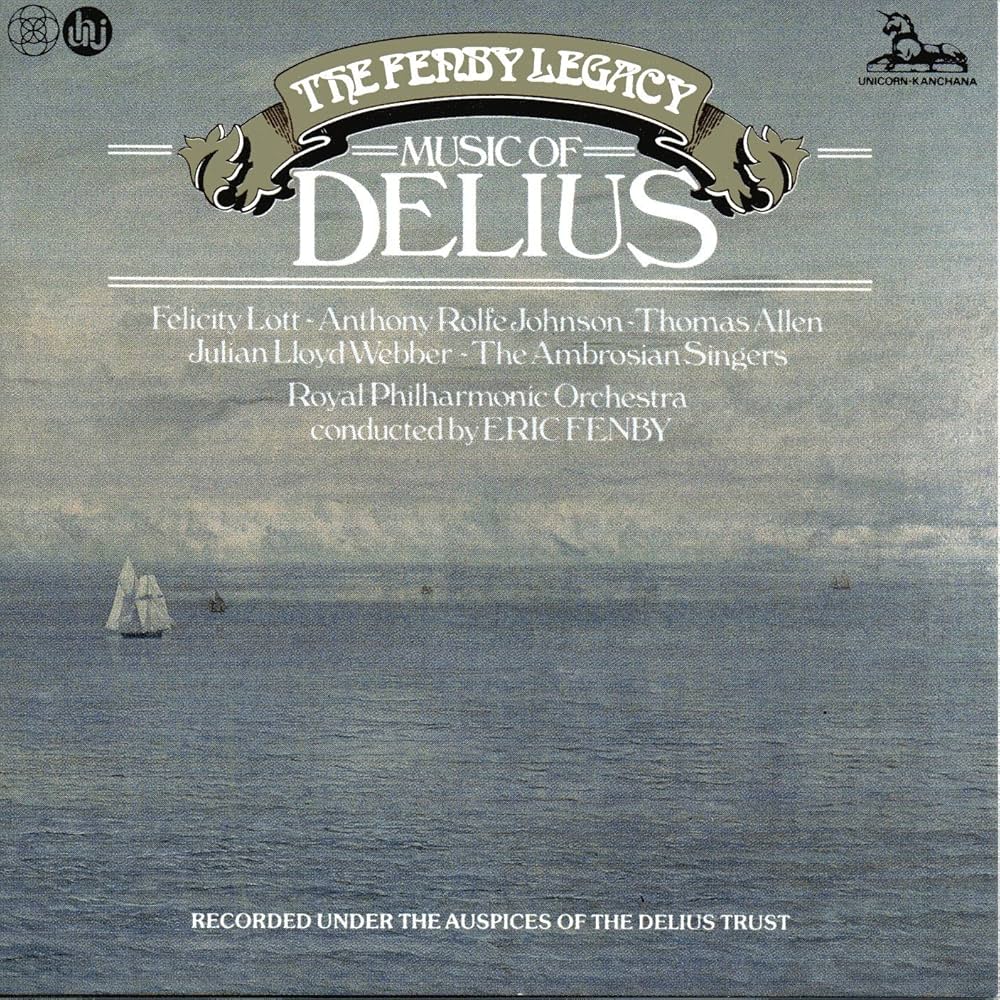Mahler: Symphony 4. Netania Davrath, soprano; Utah Symphony/Maurice Abravanel. Vanguard Classics SVC-24 (CD, 1995, orig. rec. 1968). TT: 52.14
Downloads: archive.org (processed from LP); ca.7digital.com (Canada only); us.7digital.com (U.S. only)
The charismatic Leonard Bernstein, with his equally prodigious gifts for music and self-promotion, has been accepted unquestioningly in many quarters as the great Mahler pioneer, but the truth is more complicated. In pre-Bernstein New York alone, performances of the symphonies under Bruno Walter and Dimitri Mitropoulos were considered major events. And, on records, Maurice Abravanel in Utah pipped Bernstein to the post in starting a Mahler cycle (even if Bernstein completed his series some years before Abravanel and company limped to the finish line).
By the time of his extensive recording program for Westminster, Vanguard, and later Vox, Abravanel was a seasoned veteran, having conducted at both Balanchine's Paris Ballet—where he worked with Maestro Walter—and the Metropolitan Opera in the 1930s. Erich Leinsdorf, an intelligent if jaundiced observer, referred to Abravanel's "basically unclear beat," but that makes the latter's sheerly musical accomplishments all the more noteworthy.
The Utah Symphony, a strong regional outfit, might seem out of its depth in Mahler symphonies, but its strengths aligned well with the Fourth's requirements. The slightly understaffed string sections don't offer the power and projection of higher-octane orchestras—the high cello themes can sound like solos, or just the first stand, rather than a full section—but they intone lyric phrases with a lovely blend and transparency. (This persisted into their Tchaikovsky cycle for Vox—a QS-quadriphonic production that might be worth hunting down and "unfolding.") Woodwinds and horns, appropriately pastoral, are placed well forward, in the Horenstein manner (a compliment), the effect enhanced by clean, precise engineering. The brass are firm and polished: no edge or blare as one can get elsewhere.
But that "unclear beat," particularly in the light of Maestro Abravanel's proclivity for briskness, creates problems. Indeed, the third bar suffers the "train wreck" which has become all too common in recent recordings: at too fast a tempo, the clarinets can't help rushing ahead as the violins ritard. The main body of the movement goes easily, with a bracing development section, and the return of the opening material goes at a more reasonable pace; the moving parts around the "three brass chords" motif, however, are noticeably miscoördinated.
The passing mild confusion crops up again a few bars into the scherzo, with its scordatura violin; Abravanel rather hustles the bucolic first "B" section, but the later, maggiore repeat of this episode lets in the sunlight without breaking tempo. The Adagio is plausible, even its flowing duple variation reasonably tight; in the closing pages, the upward glissando brings a magical color change. The brisk, airy finale is punctuated by effectively ominous outbursts. Soprano Netania Davrath, apparently a Utah favorite—she also recorded the Songs of the Auvergne—has a pleasant lightweight tone and ease of delivery, but a pressed flutter mars the "top," here just F-sharp and G.
On my blog, I'm inclined to prattle about the "documentary imperative"—the recording companies' perceived obligation to preserve the work of important artists, including composers, for posterity. As records became popular, commercial considerations took over; besides, it was hard to guess which artists were actually important. (Anyone else remember François Huybrechts? No, I didn't think so.)
Abravanel's Mahler cycle, in market terms, has been superseded several times over, though audiophiles still praise the Resurrection and the Symphony of a Thousand for exemplary engineering. Still, the conductor's achievement as an orchestra builder in Utah merits documentation; so does his Mahler series, for its discographic importance.
stevedisque.wordpress.com/blog





































